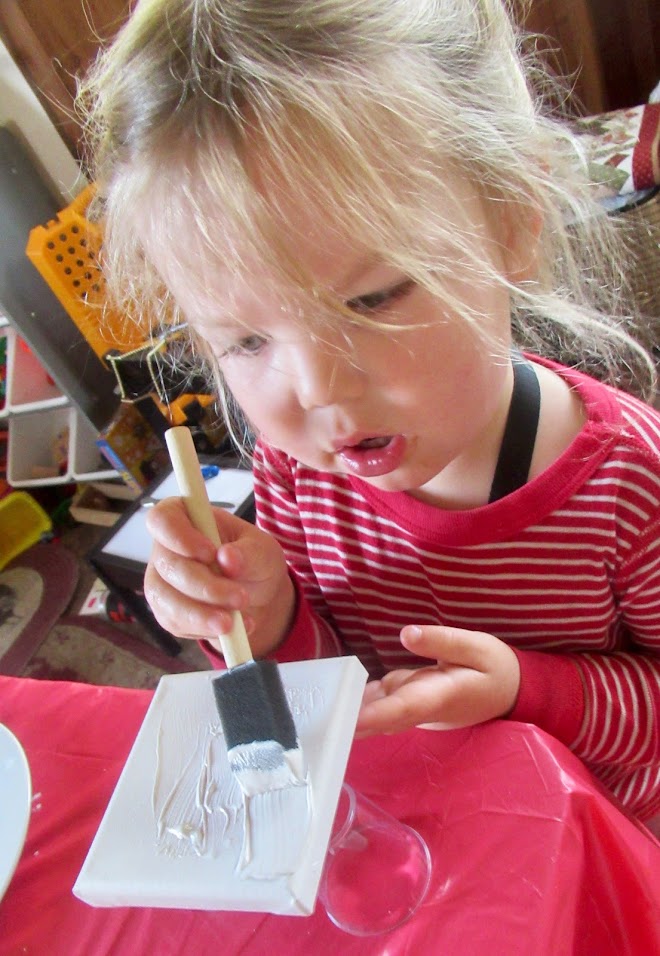Lunch with Pinky
The season’s first storm arrived yesterday, prompting me to think back to the days of being on a middle school campus on a rainy day.
Teaching on any given day in the middle school was challenging enough, without tossing rain into the picture. And in Laytonville, where “rain” often came in the form of snow, toss would be the operative word, as in, “Toss a snowball-earn three steps.”
Ask poor Jamie, who had the misfortune of choosing to throw a snowball in the quad while my classroom door was closed, only to have someone suddenly push it open from the inside, at the same time he let loose. The door almost made it back to shut, before the missile shot through, and splattered the back of the room, showering first the poster of Joe Montana, and then National Geographic magazines shelved just below, with ice. Bad choice, coupled with bad timing. Come join me for lunch, Jamie. The bad news was that he had no choice; the good news was that he would be accompanied by about forty of his closest friends. In detention?
No. He would come to my classroom, because beginning with Casey’s arrival in the middle school, circa 1992, I kept my classroom door open at lunch, so that kids had a place to go where they could sit and stay, dry and warm. I had a cupboard devoted to board games, puzzles, decks of cards and other means of entertainment, stemming from the Summer Enrichment Program. I made them available on the condition that the games be returned intact to the cupboard, and that the rubber band be put back around the cards, after first finding where it landed on its last flight.
So Jamie would have had to spend his lunch with me, but it was not exactly the same thing as spending lunch detention first with Pinky, for all of those years, and then later, with Richie. If you spent the time with Pinky, I guarantee you were not playing board games. She could run detention like a boot camp-if necessary. Most of the time, of course, there was no need, because she had a way of getting kids to buy in. No one wanted Pinky mad at him or her, and getting some homework done, or some work in on a book report book seemed to make so much more sense, than risking getting another day of detention by not making good use of the time.
Otherwise, students could chill in the quad, out of the rain, under the watchful eyes, over the different years, of Donna, Nancy, Regina, Jenny...all longtime veterans of middle school lunch times. Early on, the quad was perpetually muddy, due to the fact the there was no drainage system in place, so the rain poured off the roofs of the classrooms, onto the cement and “lawn” out front.
When students came to Mr. Poulton and me for guidance in getting rid of the mud, we implemented an ambitious school project. We required students to use math skills to calculate the volume of gravel needed to fill a French drain system that would direct rain water away from the cement and soon-to-be lawn, and out to the parking lot.
We tailored the project to fit the needs of kids like Roger and Eric, who were more than happy to buy into school, if a program could be designed that had merit.
We tailored the project to fit the needs of kids like Roger and Eric, who were more than happy to buy into school, if a program could be designed that had merit.
They saw digging the trenches, figuring out the volume of rock needed to fill the trenches and making the necessary phone call to order the material, as being worth coming to school for. It worked for them, because a fifty minute block of math, coupled with six additional fifty-minute blocks of fill-in-the-blank, was just too much sit-time, and not enough do-time.
We got a triple header working for us when we put together these kinds of projects: we got enthusiasm from a challenging grade level; we got total buy-in to the process, and we got to watch the students develop a sense of ownership and pride in their school. Together with the drama program, we developed a middle school culture where it was acceptable to be part of project-based education, because it worked. Yes, the state needs STAR tests, but you lose students along that path, and we can’t afford to lose any more of our kids. We’ve lost too many already.















Two things: When I saw Pinkie in your title I flashed to the kids who lived in that house at the back of the field!
ReplyDeleteand, yes, projects that engage are the way to get kids to stay in school and build a better life for themselves. The system as is does not work for a good (in my humble opinion) 40% of kids - but ways to fix it mean change and courage and energy. I've run out of the energy part, I am afraid....
You've run out of energy? Is that why you go off to work everyday? Because you are out of energy? Energy comes in all shapes and sizes.
ReplyDelete40%; 30%; 20%...doesn't matter how many...still a lot of kids miss out, because the information is not presented in a kid-friendly mode.